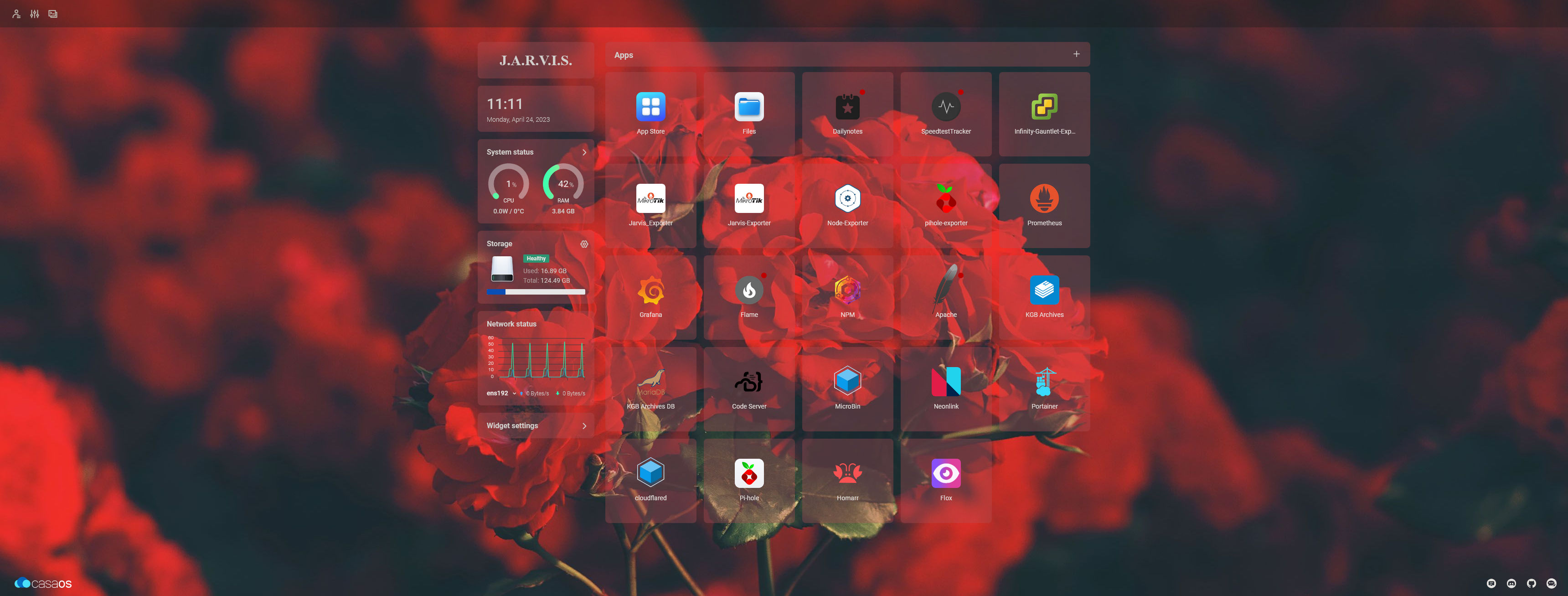CasaOS v0.4.4 : A Developer's Journey and the Birth of a Third-Party App Store
We are pleased to announce the official release of CasaOS v0.4.4! This new version brings exciting updates, including a brand new application store and a more convenient format for developers to showcase their apps using Docker Compose. With native Docker support and enhanced customization features, developers are encouraged to actively participate in the CasaOS ecosystem. In just one month after release of v0.4.4 alpha, our developers have contributed a wealth of new applications, alongside an impressive third-party contributor store.
We interviewed a contributor to the third-party app store, Cp0204, who shared his experience and thoughts on CasaOS. Let us his journey in CasaOS v0.4.4 together.
Q:Personal Introduction and Contribution to the Third-Party Store
A:I'm Cp0204, a non-professional individual with a strong interest in knowledge. My third-party store, CasaOS-AppStore-Play, is a collection of not only well-known applications but also niche, fun, and interesting ones. Two of my personal favorites are ChatGPT-Next-Web, an excellent GPT application, and Alist, which allows you to manage your cloud storage in one place.
Q:Experience with CasaOS v0.4.4
A:What attracted me the most about CasaOS v0.4.4 is its support for Compose orchestration, which allows for a richer combination of Docker applications. During my experience with the new version, I encountered some user interface issues, which I promptly reported to the CasaOS team. The biggest challenge was compatibility issues with old applications, but with the help of the CasaOS team, I successfully overcame this hurdle.
Q:Motivation and Process of Creating a Third-Party Store
A:The primary reason for creating a third-party store was to facilitate my own application installation, especially for niche applications or those involving policy issues. By studying CasaOS's app store contribution documentation, examining examples of new store applications, and summarizing my own experiences, I successfully completed the store.
Q:Views and Suggestions on CasaOS Ecosystem
A:I believe that the success of CasaOS depends on whether people use it. Therefore, I suggest that the CasaOS team provide a feature to add store sources on the user interface, introduce an application installation file editing tool, and actively listen to user opinions, promptly handling bugs and Pull Requests. I also hope that the CasaOS team can promote and expand CasaOS's influence through various platforms to attract more contributions.
For developers interested in contributing to CasaOS, my advice is to read more documentation, understand more details, explore and analyze user needs, find valuable application directions, maintain contact and cooperation with the CasaOS community and other developers, share experiences and solve problems together, focus on the quality and user experience of applications, and regularly update and maintain applications.
Q:Contribute for Our Community
A:The release of CasaOS v0.4.4 not only provides more features but also offers more possibilities for third-party developers. We look forward to seeing more developers like Cp0204 contribute to the CasaOS ecosystem in the future, jointly creating OUR CasaOS!
How to Contribute to CasaOS Community?
- Add Apps/appstore to CasaOS App store
- Writing Documentation
- Performing Alpha Testing
- Helping with Translations

